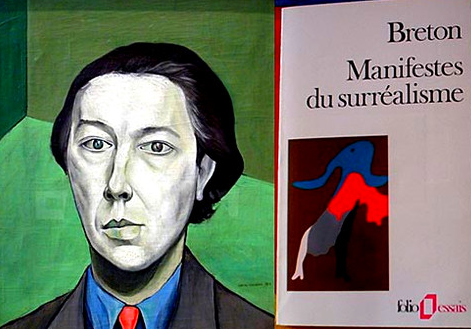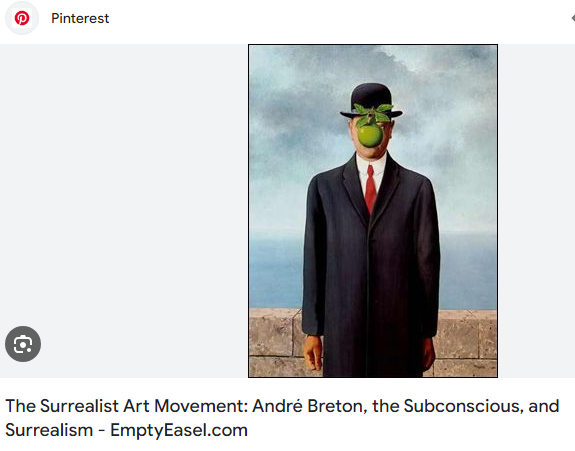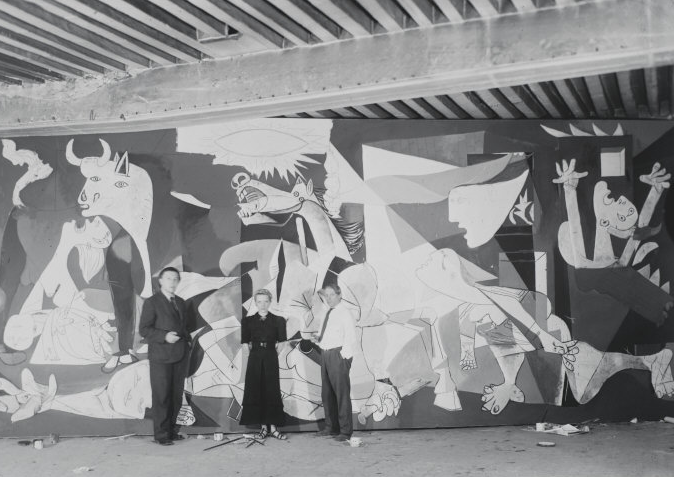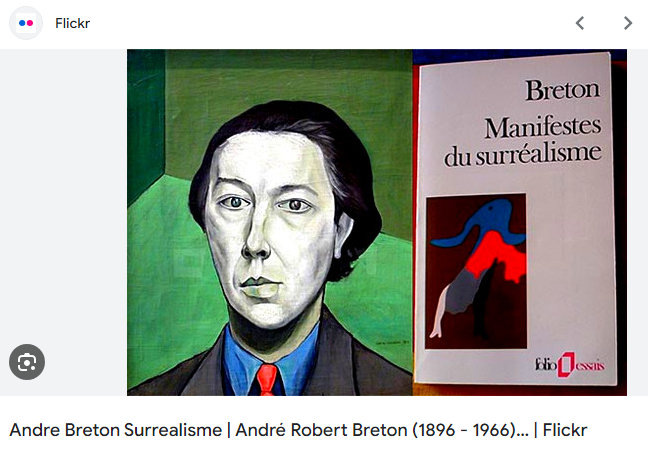The Shifting Sands of Surrealism: A Tale of Two Manifestos

Surrealism, the artistic movement that sought to liberate the unconscious mind and explore the realm of dreams, was born in a whirlwind of creative energy and intellectual debate. At its heart lay the Manifesto of Surrealism, a document that defined the movement's aims and principles. But the story of the Surrealist Manifesto is not a monolithic one; it's a tale of two rival factions, each vying to define the movement's direction.
By Richard Walker

The first chapter of this story begins in October 1924, with the simultaneous publication of "Manifeste du surréalisme" by two key figures: Yvan Goll and André Breton. Goll, a poet and novelist, was a prominent member of the Dadaist movement and sought to incorporate Surrealist principles into his own artistic practice. Breton, a writer and poet, would become the leading figure of Surrealism, establishing its formal structure and shaping its philosophical foundation.

image credit: Alliance for Networking Visual Culture
While both manifestos were published under the same title, they contained distinct visions for Surrealism. Goll's manifesto, influenced by his Dadaist background, emphasized the importance of spontaneity and the rejection of established norms. Breton's document, on the other hand, emphasized the importance of psychoanalysis and the exploration of the subconscious mind as a source of artistic inspiration.
This initial divergence foreshadowed the internal tensions that would later fracture the Surrealist movement. Breton's influence grew steadily, leading to the publication of his second manifesto in 1929. This "Second Manifesto of Surrealism" (published in 1930) became the document that truly solidified Breton's leadership and defined the movement's core principles. He argued for a stricter adherence to psychoanalytic methods and the embrace of revolutionary political activism as a means to disrupt the oppressive structures of society.

The tension between these two factions continued, culminating in the publication of Breton's "Third Manifesto of Surrealism" in 1942. This manifesto emerged during the tumultuous period of World War II, and reflected a shift in focus toward a more engaged and politically charged Surrealism. Breton, now firmly in control, sought to reassert Surrealism's relevance in a world engulfed in conflict.
The story of the Surrealist Manifesto is not simply a chronology of documents; it's a testament to the evolving nature of artistic movements and the struggles for control over their identity. The clash between Goll and Breton exemplifies the intellectual ferment that characterized the early years of Surrealism. It also provides a glimpse into the shifting tides of artistic ideology, where the boundaries of creative expression are constantly redefined and contested.

Beyond the rival manifestos, the story of Surrealism continues to unfold, inspiring artists, writers, and thinkers across generations. The movement's legacy lies not just in its iconic imagery and artistic output, but also in its enduring challenge to conventional thought and its exploration of the boundless possibilities of the human imagination.